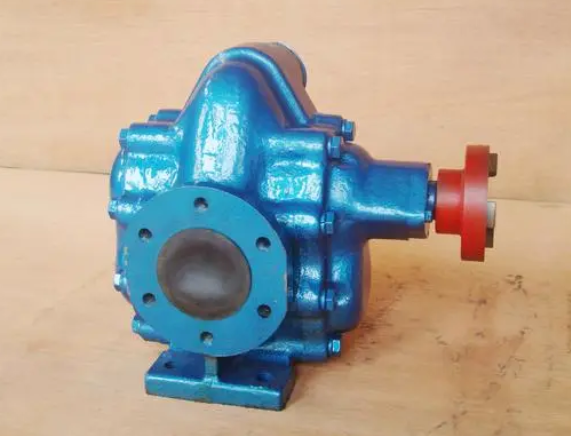Gear pumps for chemical and pharmaceutical applications
Gear pumps, which are widely used in the chemical and pharmaceutical fields, play an important role in these industries due to their specific performance and advantages. The following is a detailed analysis of gear pumps for chemical and pharmaceutical use:
1. Application characteristics of gear pumps in the chemical and pharmaceutical fields
Corrosion resistance:
Chemical and pharmaceutical processes often involve various corrosive media, such as acid and alkali solutions, organic solvents, etc. Therefore, gear pumps used in these fields need to have good corrosion resistance and are usually made of corrosion-resistant materials such as stainless steel and cast iron to ensure that the pump body and internal parts are not corroded during long-term operation.
Leak-free design:
The chemical and pharmaceutical industries have strict requirements on the purity and leakage of the conveyed liquid. Magnetic gear pumps are widely used in these fields because of their leakage-free characteristics, ensuring that the liquid will not leak during the conveying process, thereby protecting the environment and product quality.
Conveying stability:
The gear pump forces the liquid to be conveyed by the rotation of the gears. Its output pressure is stable and the flow control accuracy is high, which can meet the requirements for liquid conveying stability in the chemical and pharmaceutical processes.
High temperature adaptability:
In some chemical and pharmaceutical processes, high-temperature media need to be conveyed. Gear pumps can be equipped with high-temperature resistant materials to meet these special needs.
2. Recommendations for the selection of gear pumps for chemical and pharmaceutical use
Select according to the characteristics of the medium:
Select the appropriate gear pump model and material according to the properties of the conveying medium (such as corrosiveness, viscosity, temperature, etc.). For example, for corrosive media, a gear pump made of stainless steel should be selected; for high-temperature media, a pump body made of high-temperature resistant materials should be considered.
Consider the conveying requirements:
Select the appropriate gear pump specifications according to the conveying flow, pressure and other requirements. At the same time, the self-priming performance, head and other parameters of the pump should also be considered to ensure that the pump can meet the actual process requirements.
Pay attention to the maintenance and maintenance of the pump:
Gear pumps need to be regularly maintained and maintained during use to ensure their normal operation and extend their service life. Therefore, when selecting, factors such as the maintenance cost of the pump and the convenience of replacing wearing parts should also be considered.
3. Maintenance points for gear pumps for chemical and pharmaceutical use
Regular inspection and replacement of wearing parts:
Regularly check the wear of the pump body, gears, bearings and other components, and replace severely worn parts in time. At the same time, attention should also be paid to the sealing performance of seals such as oil seals to ensure that there is no leakage.
Keep clean and lubricated:
Clean the pump body and internal parts regularly to keep them clean and free of impurities. For parts that need lubrication, add an appropriate amount of lubricating oil or grease on time.
Pay attention to the operating environment and conditions:
Ensure that the gear oil pump works in the specified operating environment and conditions to avoid damage to the pump caused by adverse factors such as overheating and overload.





